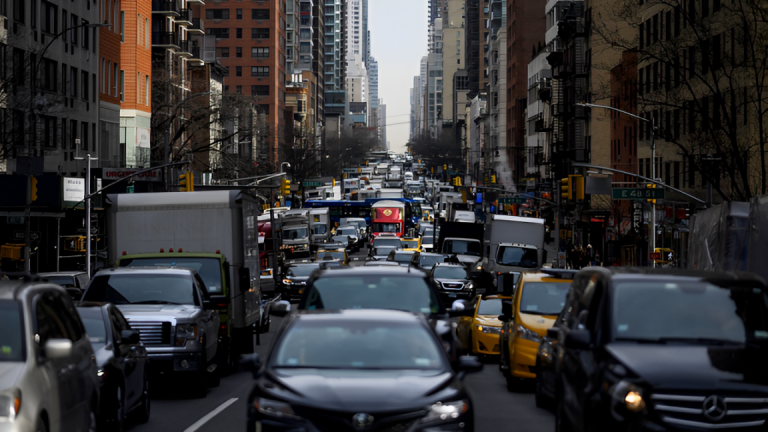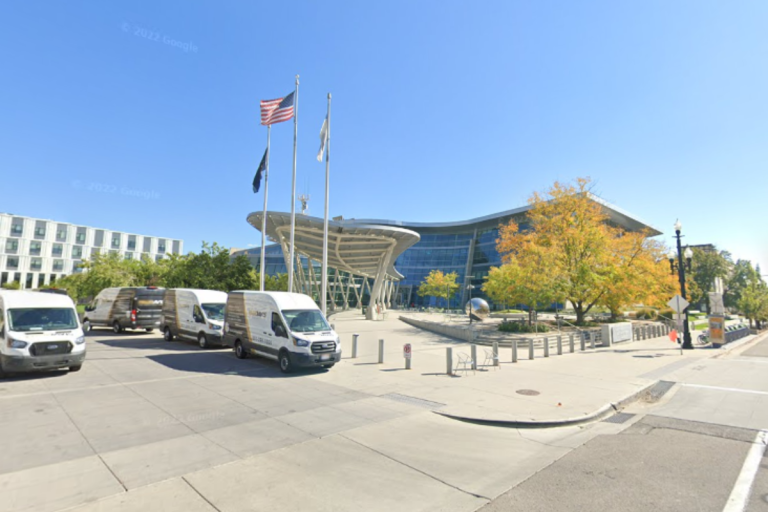In recent years, a growing number of cities across the United States have implemented stricter enforcement measures for traffic violations, particularly when it comes to illegal right turns on red. These turns, while seemingly minor, have become a significant point of concern for city planners and law enforcement. The increase in fines for this violation, coupled with the use of technology such as traffic cameras, has sparked debates over the effectiveness and fairness of these measures.
The History of Right Turn on Red
Before diving into the current rise in fines, it’s essential to understand the history behind the practice of turning right on red. Right turns on red were legalized in the United States in 1976 under the federal law, with the goal of improving traffic flow and reducing congestion at busy intersections. The rule allowed drivers to turn right at a red light, unless otherwise posted, after coming to a complete stop and ensuring it was safe to do so.
The idea was to reduce delays for drivers, especially in urban areas where stoplights often cause long lines of traffic. Over time, however, concerns have arisen about the safety of these turns. Drivers who turn right on red without fully yielding to pedestrians, cyclists, or other vehicles can create dangerous situations. This has led to increased scrutiny of right-turn-on-red practices.
Rise in Fines and Camera Enforcement
While the right turn on red law remains in effect, cities have begun cracking down on drivers who fail to follow the proper procedure or who make illegal right turns. In the past, law enforcement officers would manually enforce these violations, often issuing tickets if they observed a driver making an illegal right turn. However, as cities have adopted more automated traffic monitoring systems, the number of fines has risen significantly.
Traffic cameras have become a common tool for catching violators. These cameras are strategically placed at intersections, capturing images or video footage of vehicles making illegal turns. If a driver is caught making a right turn on red without coming to a complete stop, or if there is a sign prohibiting it, the camera captures the violation. In some cities, these fines are automatically mailed to the driver’s registered address, often weeks after the violation occurs.
The increased use of traffic cameras has significantly impacted the volume of fines issued. What once relied on the discretion of law enforcement officers is now a process monitored by technology, leading to a higher number of tickets being issued. For many cities, this has provided a more consistent and efficient means of enforcing traffic laws, but it has also raised questions about fairness, transparency, and the potential for revenue generation.
The Debate: Safety vs. Revenue Generation
One of the most significant arguments for the increased enforcement of right-turn-on-red violations is the improvement in traffic safety. By enforcing stricter rules and issuing fines to those who fail to stop properly before turning, cities hope to reduce accidents caused by inattentive or reckless drivers. In theory, this would reduce pedestrian injuries and fatalities, as well as decrease the number of collisions between vehicles making illegal turns and other road users.
Supporters of automated traffic enforcement argue that cameras offer an unbiased and effective method of capturing violations. They point out that human officers can be easily distracted or may miss certain infractions, but cameras are consistent and efficient, ensuring that everyone is held accountable. By issuing fines to violators, cities can potentially deter others from making similar mistakes, leading to overall safer driving behavior.
However, the rise in fines has sparked concerns among critics, who argue that the real motivation behind the increased enforcement is revenue generation rather than traffic safety. Some opponents claim that cities are using traffic cameras as a way to boost their budgets, rather than prioritizing public safety. They point to studies that show a disproportionate number of fines being issued in areas with high traffic camera coverage, and argue that some intersections have been specifically chosen for camera installation because they are more likely to generate revenue.
Additionally, there are concerns about the fairness of automated enforcement. Critics argue that the use of cameras does not always take into account the complexities of each situation. For example, a driver may have made a right turn on red because they could not see a pedestrian or other vehicle approaching from the side, or because there were no vehicles behind them, and they felt it was safe to proceed. In such cases, the camera may not be able to assess the driver’s intent or the context of the decision, leading to fines that seem unjust.
The Legal Implications
The legality of automated traffic enforcement has also been a point of contention. In many jurisdictions, the use of traffic cameras to issue fines for moving violations such as illegal right turns on red is subject to legal scrutiny. Some states and cities have passed laws specifically addressing the use of red light cameras and other automated systems. In some cases, courts have ruled that these systems violate due process rights, while in others, they have upheld the legality of such measures.
In response to public backlash and legal challenges, some cities have modified their policies or temporarily suspended the use of automated traffic cameras. For example, in some locations, the fines for right turns on red may only be issued after a human review of the evidence, ensuring that the violation is legitimate. In other areas, fines may be reduced or dismissed if the driver can prove that the violation was not intentional or that the circumstances justified the action.
While some cities have begun to scale back their use of traffic cameras for minor violations, others have expanded their programs, recognizing both the safety benefits and the potential for increasing municipal revenue. In many cases, the debate continues over whether automated systems should be used for traffic enforcement, and if so, how they can be implemented in a way that is both fair and transparent.
The Future of Right-Turn-On-Red Enforcement
As technology continues to advance, the role of automated traffic enforcement will likely expand. New innovations, such as artificial intelligence and machine learning, could allow traffic cameras to become even more sophisticated, enabling them to assess driving behavior in greater detail and identify violations with greater accuracy. In some cases, this may lead to even higher fines for illegal right turns on red and other violations.
However, the controversy surrounding the use of traffic cameras is likely to persist. The balance between ensuring road safety and protecting the rights of drivers will continue to be a critical issue for lawmakers, law enforcement, and the public. For now, the rise in fines for illegal right turns on red is part of a larger trend of increasing reliance on technology to enforce traffic laws, and it will be interesting to see how this issue evolves in the coming years.
Conclusion
The rise of fines for illegal right turns on red, aided by traffic cameras, represents a shift towards stricter enforcement of traffic laws in many cities across the country. While proponents argue that these measures improve road safety and reduce accidents, critics contend that they may be more about generating revenue than ensuring public safety. As technology continues to play a larger role in traffic enforcement, it is likely that the debate over the fairness and effectiveness of these measures will continue. Whether or not the increased fines achieve their intended goals, they have certainly raised important questions about how cities balance the need for public safety with concerns about fairness and due process.
Disclaimer – Our editorial team has thoroughly fact-checked this article to ensure its accuracy and eliminate any potential misinformation. We are dedicated to upholding the highest standards of integrity in our content.



























+ There are no comments
Add yours